Memoir, 1939-42. This memoir, which contains sketches depicting life in a World War II-era Soviet labor camp, was drawn by an inmate. In the wake of the Soviet Union’s invasion of Poland in September 1939, about one million Polish citizens were forcibly removed to the interior of Russia, including forced labor camps in Siberia. After the Soviet Union joined the Allies in 1941, it agreed to release some of those Polish citizens. Over 115,000 Poles made it to Iran from which they were relocated to places such as Mexico, New Zealand, Palestine, East Africa, and India. This memoir includes sketches that appear to depict scenes from both a Siberian labor camp and a British-controlled camp for Polish refugees in India.
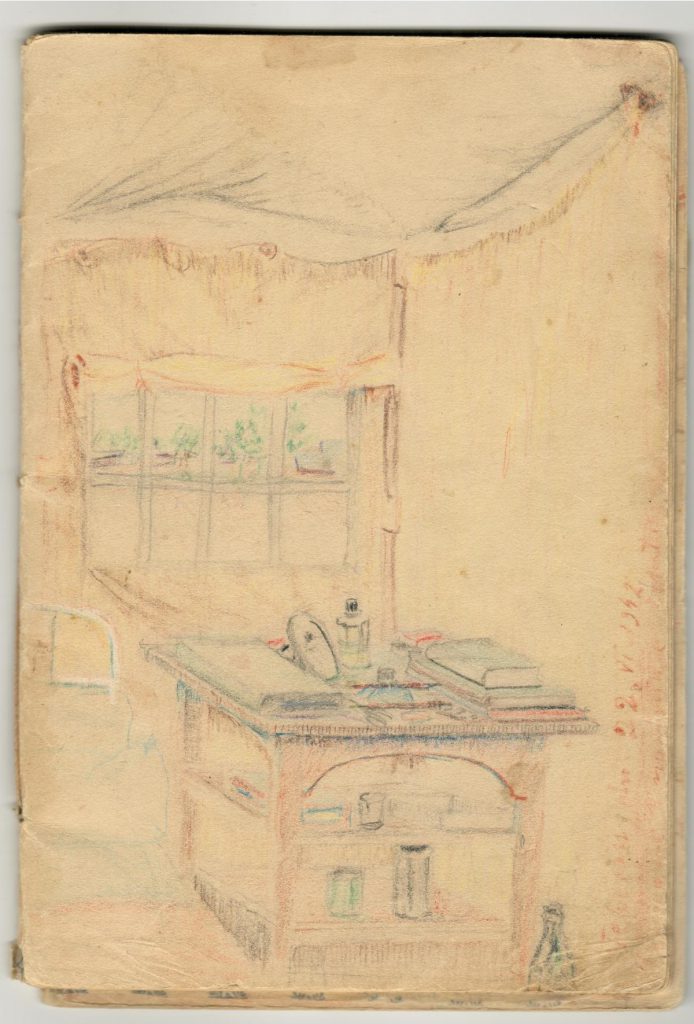
This sketch, the front cover of this memoir, shows the interior of one of the buildings in a camp. The relative abundance of books and containers suggests that this might have a been building in the British-run refugee camp for Poles in India.
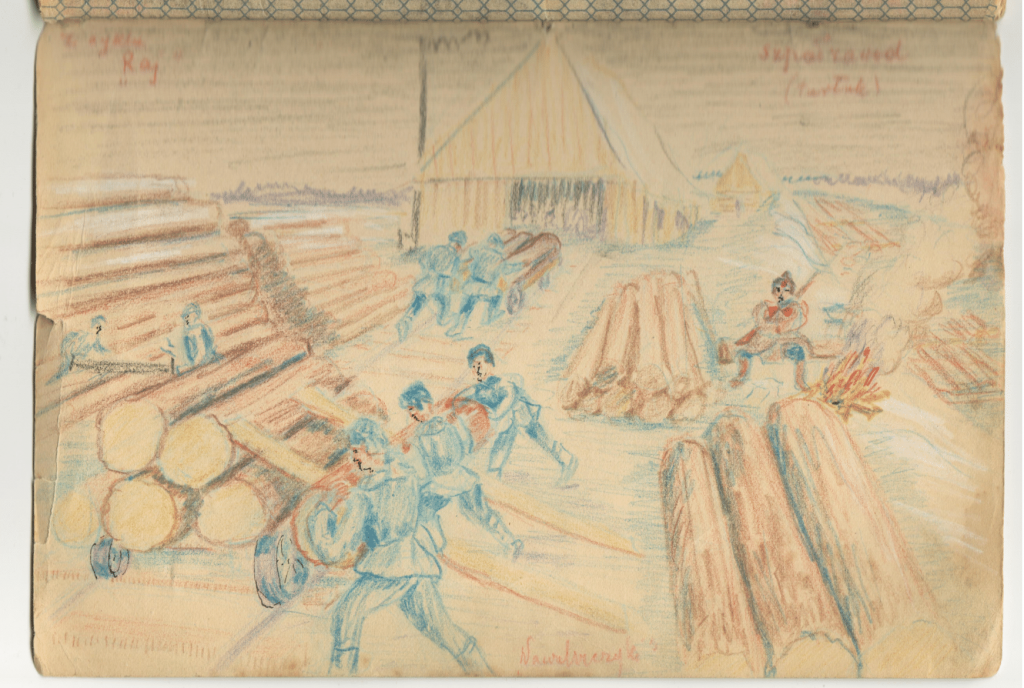
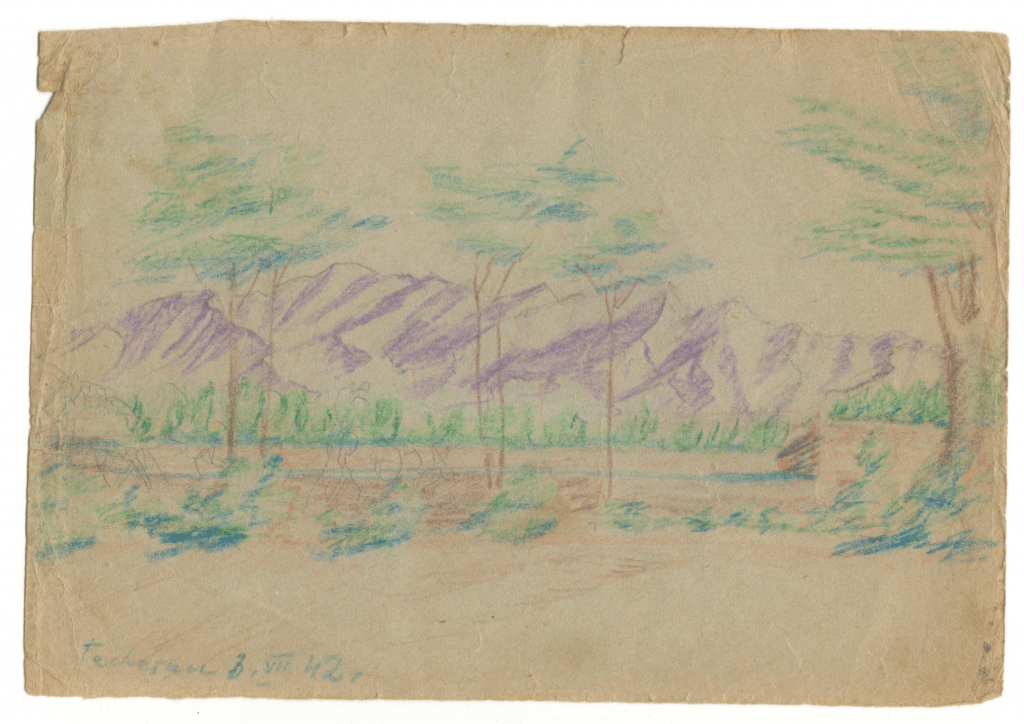
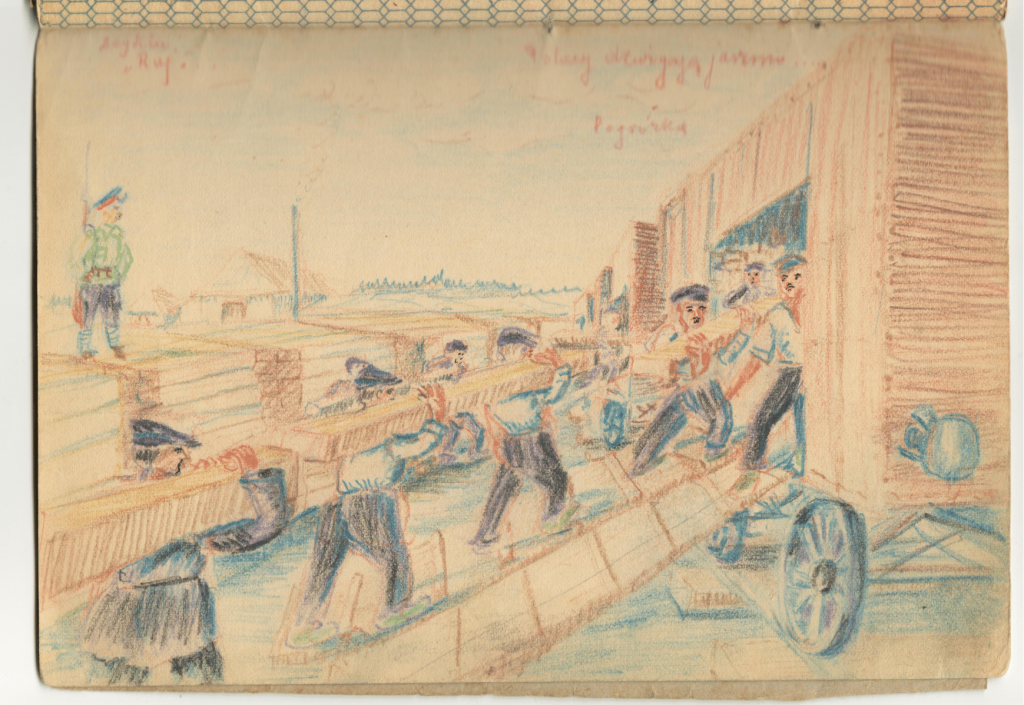
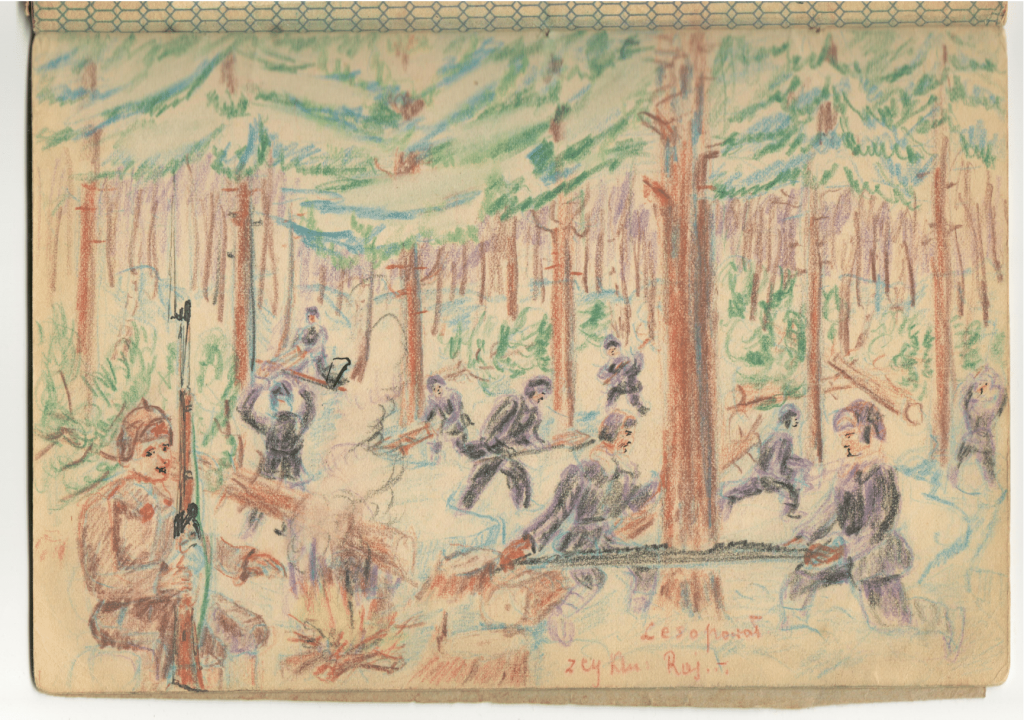
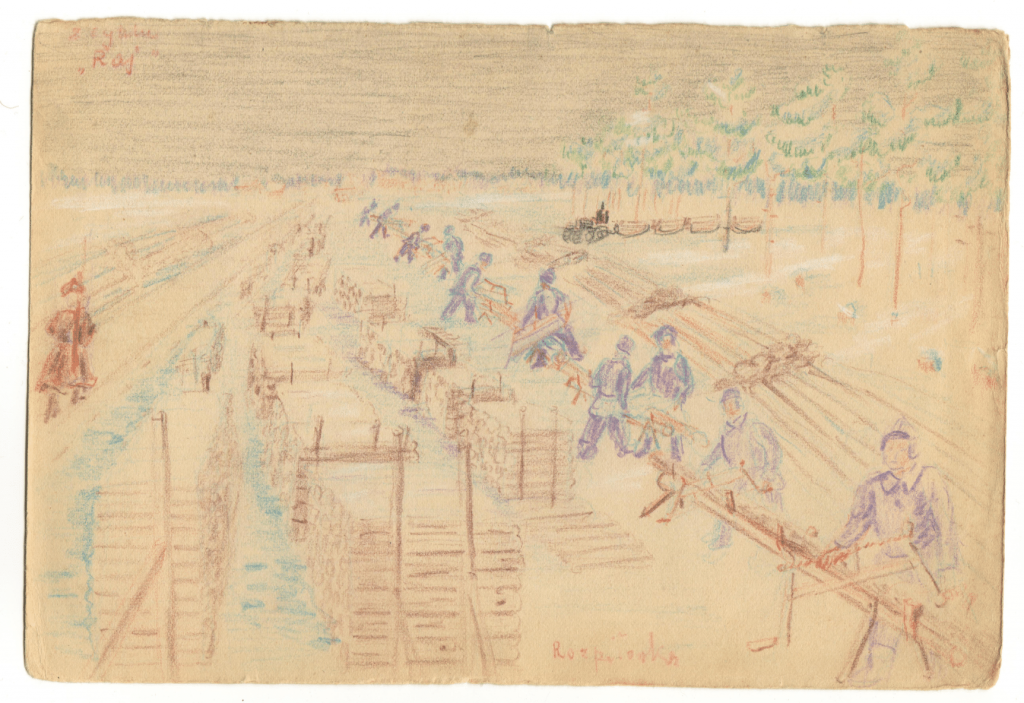
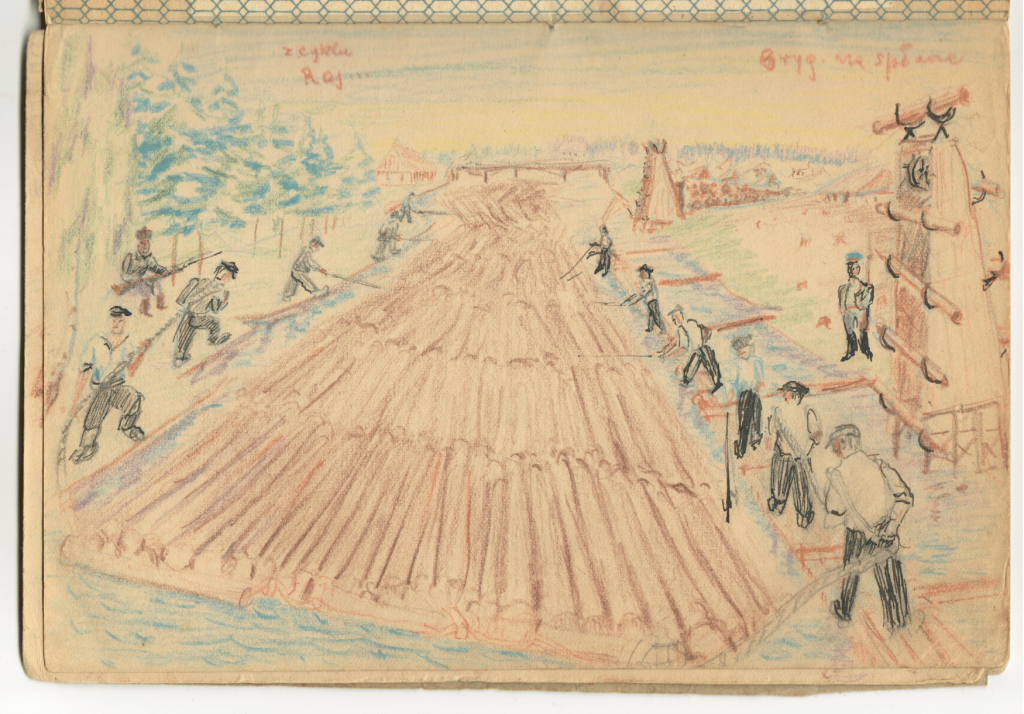

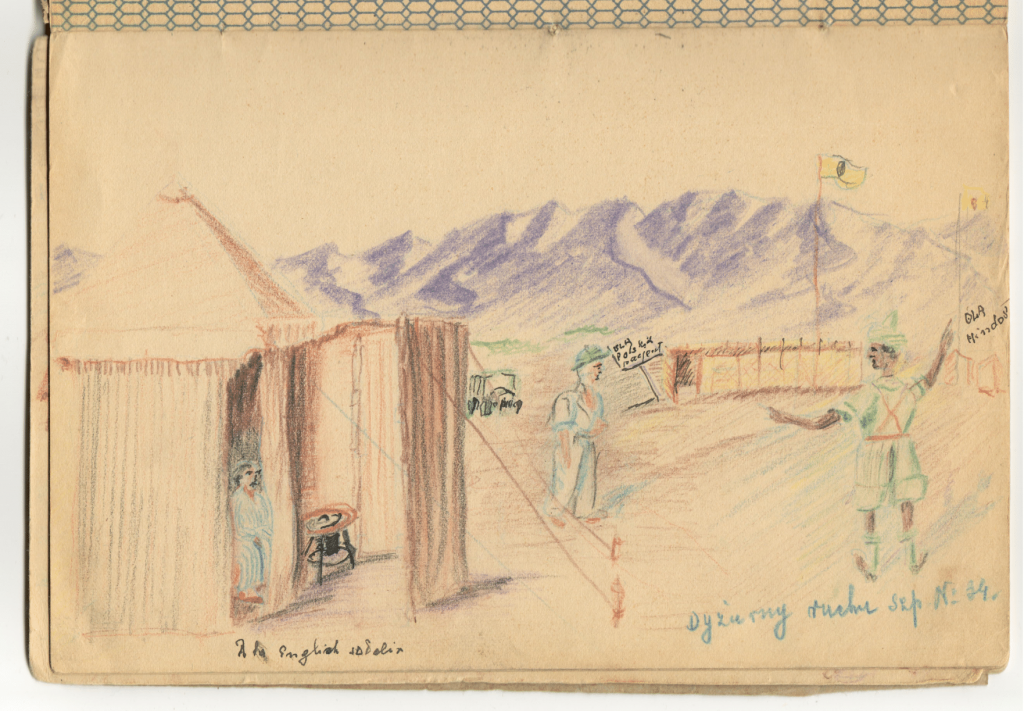
This image appears to show Poles meeting a British Indian Army soldier. The words “English Soldiers” are written in the bottom left. This could be referring to when some Polish refugees, after leaving the Soviet Union and staying briefly in Iran, ended up in India when it was still part of the British Empire.
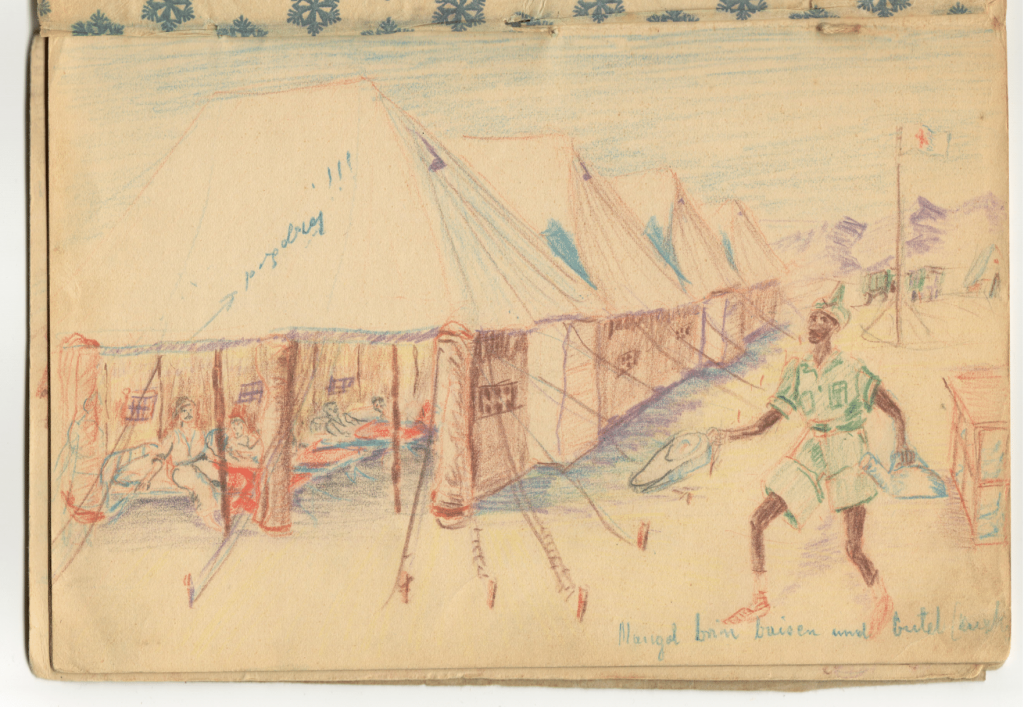

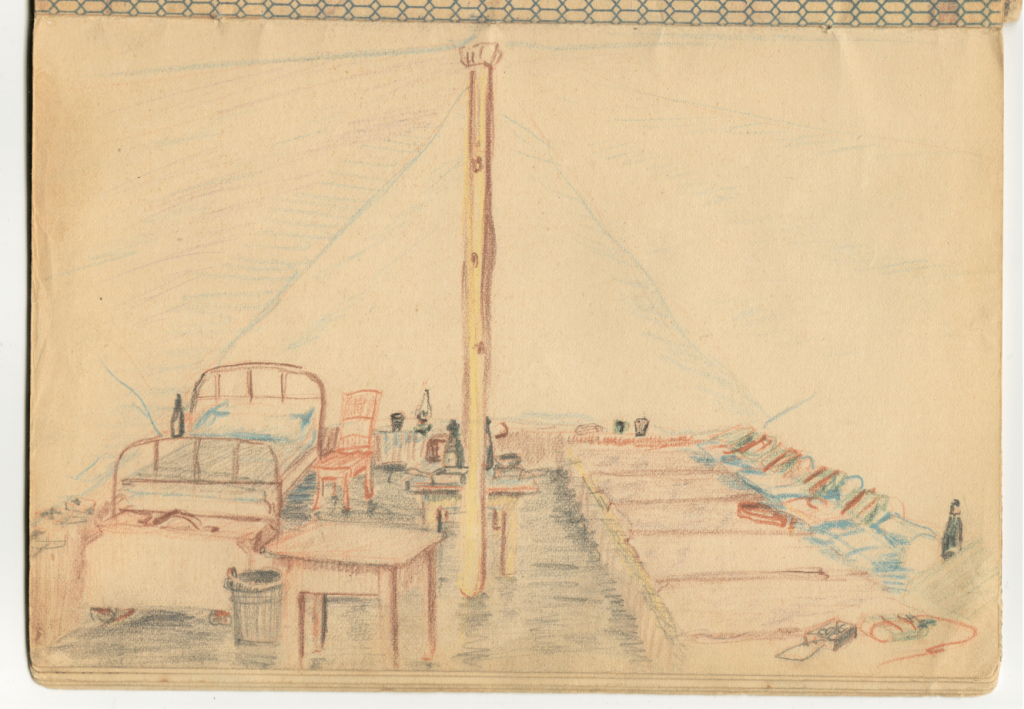
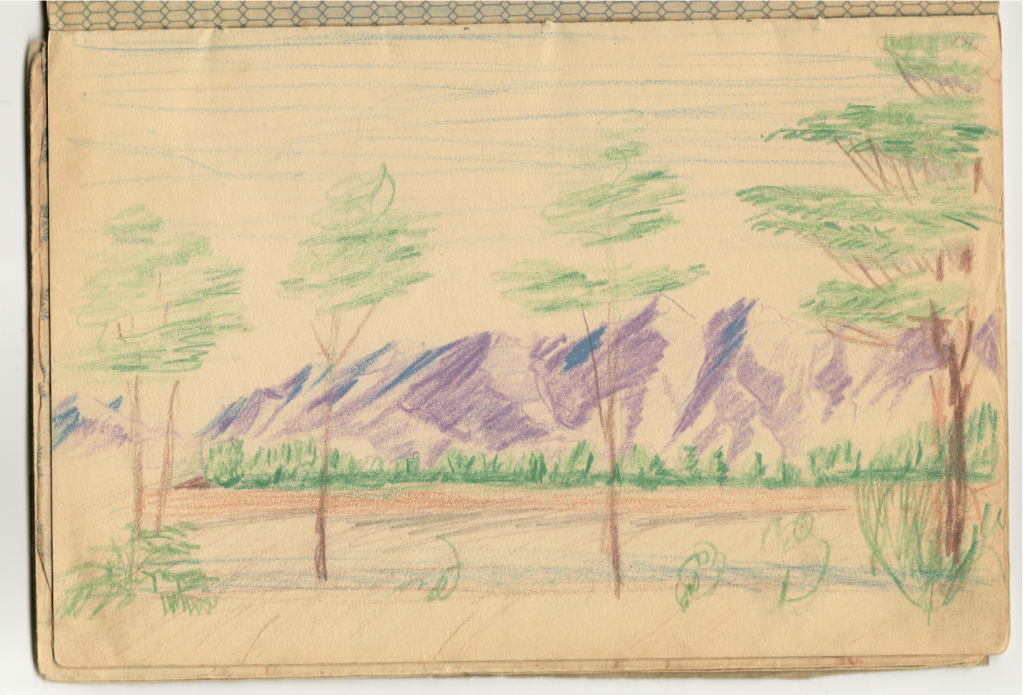
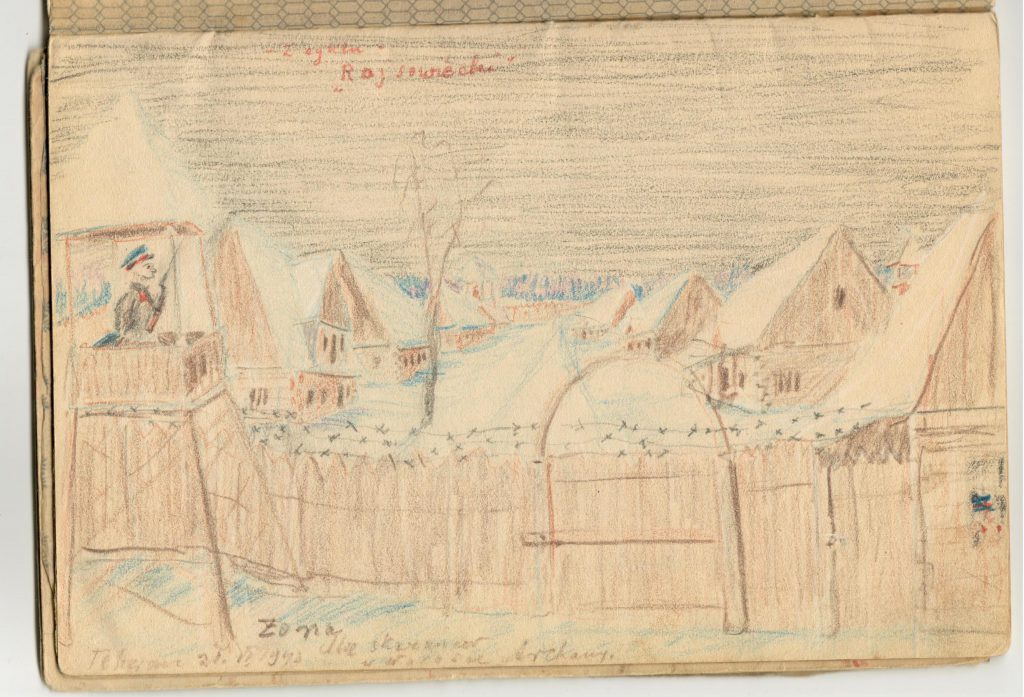
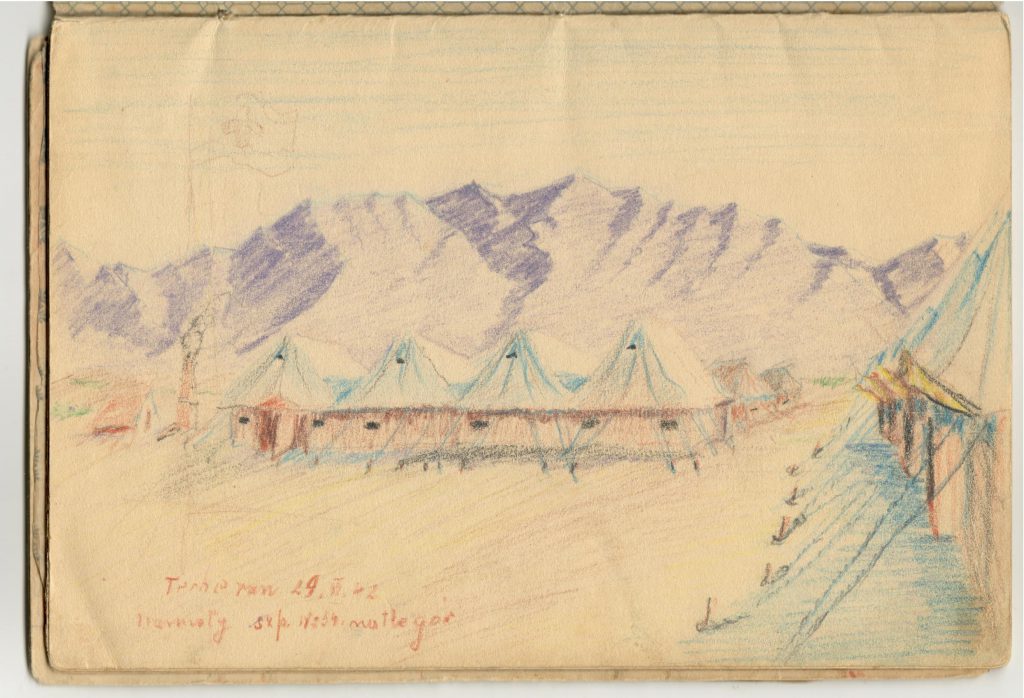
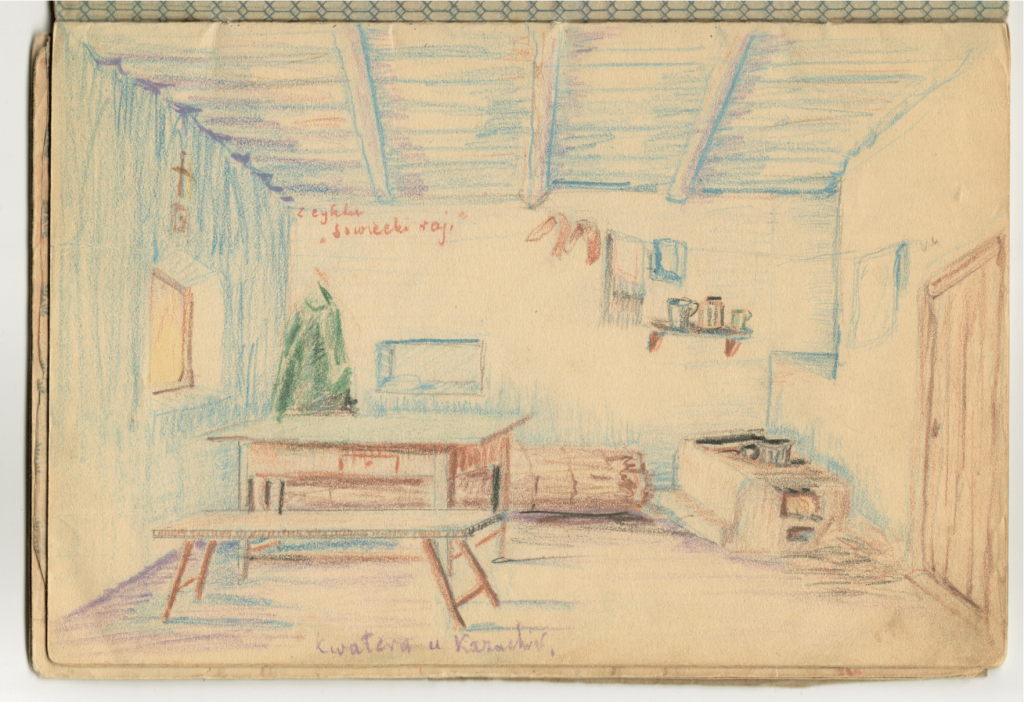
This drawing shows a kitchen in the camp, but it’s unclear if it’s a Soviet forced- labor camp or a British-controlled refugee camp. Across can be seen hanging over the window on the left.
Author: Kyla J. Lopez, Biology major, Elms College.